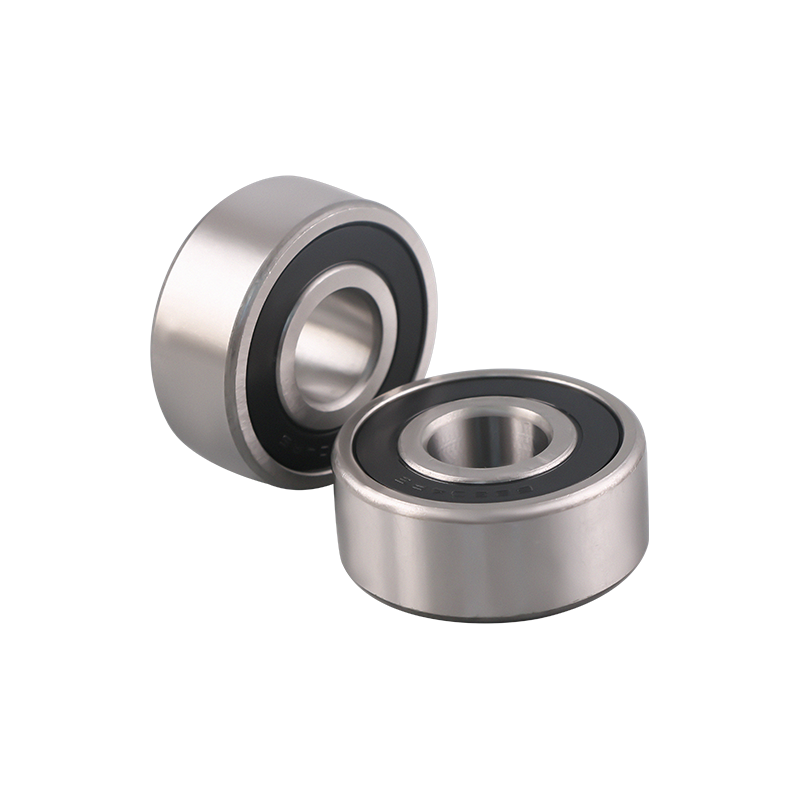Motor bearings are essential components in electric motors that support the motor shaft and allow it to rotate smoothly. They are designed to reduce friction and provide support, ensuring efficient and reliable motor operation. Motor bearings come in different types and designs to accommodate various motor sizes, speeds, and loads. Let's explore the basics of motor bearings, their functions, types, and maintenance.
Functions of Motor Bearings:
Support and Alignment: Motor bearings support the motor shaft, maintaining proper alignment between the rotor and stator. They help reduce vibrations and ensure smooth rotation of the shaft, minimizing wear on other motor components.
Load Bearing: Motor bearings bear the radial and axial loads generated during motor operation. They distribute these loads evenly, preventing excessive stress on the shaft and associated components.
Friction Reduction: Motor bearings incorporate rolling elements (balls or rollers) that roll between the inner and outer races, reducing friction and minimizing energy losses. This allows the motor to operate efficiently with reduced power consumption.
Noise and Vibration Control: Properly functioning motor bearings contribute to quieter motor operation by reducing noise and dampening vibrations caused by shaft rotation.
Types of Motor Bearings:
Ball Bearings: Ball bearings are the most common type of motor bearings. They consist of steel balls held in place between an inner and outer race. Ball bearings offer low friction and high-speed capabilities, making them suitable for many motor applications.
Roller Bearings: Roller bearings use cylindrical or tapered rollers instead of balls. They can handle higher radial and axial loads and are commonly used in heavy-duty motor applications.
Sleeve Bearings: Sleeve bearings, also known as plain bearings or bushings, have a cylindrical shape and rely on a thin layer of lubricant between the shaft and the bearing surface. Sleeve bearings are cost-effective and suitable for low-load, low-speed applications.
Maintenance of Motor Bearings:
Lubrication: Proper lubrication is crucial for motor bearing performance and longevity. Follow the manufacturer's recommendations for the type and frequency of lubrication. Over- or under-lubrication can lead to bearing failure.
Inspection: Regularly inspect the motor bearings for signs of wear, such as excessive noise, vibration, or heat. Check for any leaks or contamination in the bearing housing. Replace bearings if there are signs of damage or wear.
Environmental Considerations: Protect motor bearings from excessive moisture, dust, or debris that can compromise their performance. Ensure the motor operates within specified temperature limits to prevent bearing damage.
Proper Installation: Ensure motor bearings are installed correctly, following the manufacturer's instructions. Improper installation can lead to premature failure or reduced performance.
Replacement: When replacing motor bearings, use high-quality bearings that match the specifications of the motor. Improperly sized or inferior-quality bearings can result in decreased motor efficiency and reliability.

Features
Support radial and axial loads
Single-row DGBBs sustain radial loads and axial loads in both directions.
Proven performance
DGBBs are the most popular type of bearing and have been used in countless applications.
Applications
Low noise/vibration
DGBBs provide low frictional torque and high rotational speed ideal for applications requiring low noise/vibration.






